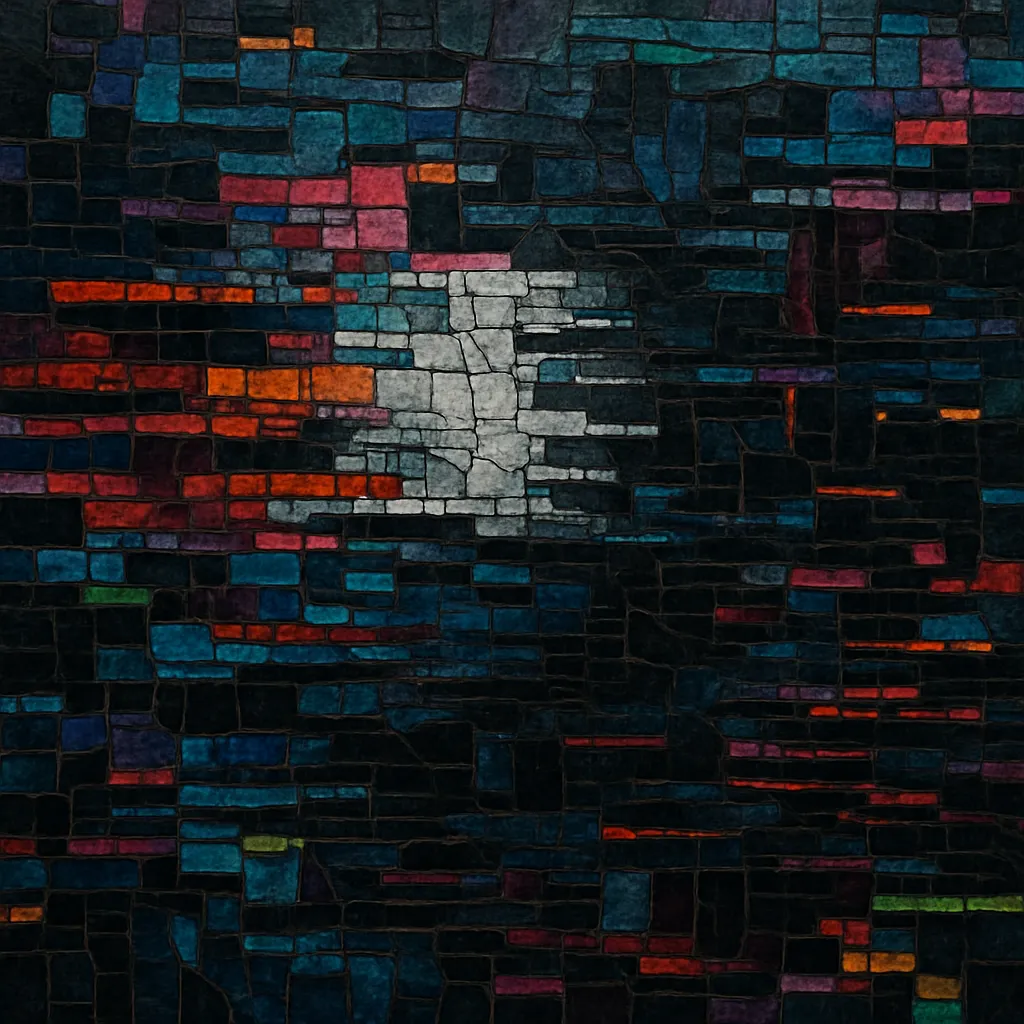Glitch is an experimental electronic music genre that foregrounds the sounds of technological error—digital clicks, pops, clipping, buffer underruns, CD skipping, software crashes, and bit‑reduction. Rather than hiding artifacts, producers use them as primary musical material, often arranged through extreme micro‑editing and non‑linear sequencing.
Texturally, glitch spans austere minimalism to warm, hazy ambience. Rhythms tend to be fragmented and asymmetrical, with sudden cuts, stutters, and silences that create tension and negative space. The palette commonly includes sine‑tone grains, granular clouds, filtered noise, and hyper‑detailed percussive fragments, sometimes sitting over subdued drones or dub‑inflected low end.
The style emerged in the late 1990s around labels such as Mille Plateaux, influenced by IDM, minimal techno, and the aesthetics of failure in digital media. It later permeated pop and beat‑driven styles through sound‑design techniques that evoke imperfection and transience.
Glitch’s conceptual roots lie in experimental and computer music traditions that embraced error as material. Japanese artist Yasunao Tone and sound artists like Ryoji Ikeda explored damaged media and digital detritus, while UK acts such as Autechre and Aphex Twin pushed hyper‑detailed editing within IDM. In Germany, Oval (Markus Popp) famously used deliberately damaged CDs to extract clicks and skips, shaping them into musical forms.
Around 1999–2001, the German label Mille Plateaux codified the scene with the Clicks & Cuts compilations, crystallizing a shared aesthetic of micro‑edits, sparse rhythms, and textural precision. Artists including Alva Noto, Pole, and Jan Jelinek fused minimal techno discipline with microscopic sound design, while the scholarly discourse (e.g., Kim Cascone’s “The Aesthetics of Failure”) articulated glitch as a distinct practice.
Glitch techniques spread across adjacent styles: microhouse refined rhythmic minimalism; dub techno artists integrated granular noise and crackle; ambient and laptop composers (e.g., Fennesz, Matmos) blended guitar, field recordings, and DSP artifacts. Live coding and laptop performance cultures further normalized real‑time manipulation and the visibility of error.
The vocabulary of stutter edits, bit‑crushing, and time‑slicing migrated into mainstream production, informing post‑dubstep, deconstructed club, hyperpop, and experimental hip hop. While purist glitch remains focused on restraint and negative space, its techniques now serve a broad spectrum—from delicate microsound composition to maximalist pop sound design.


